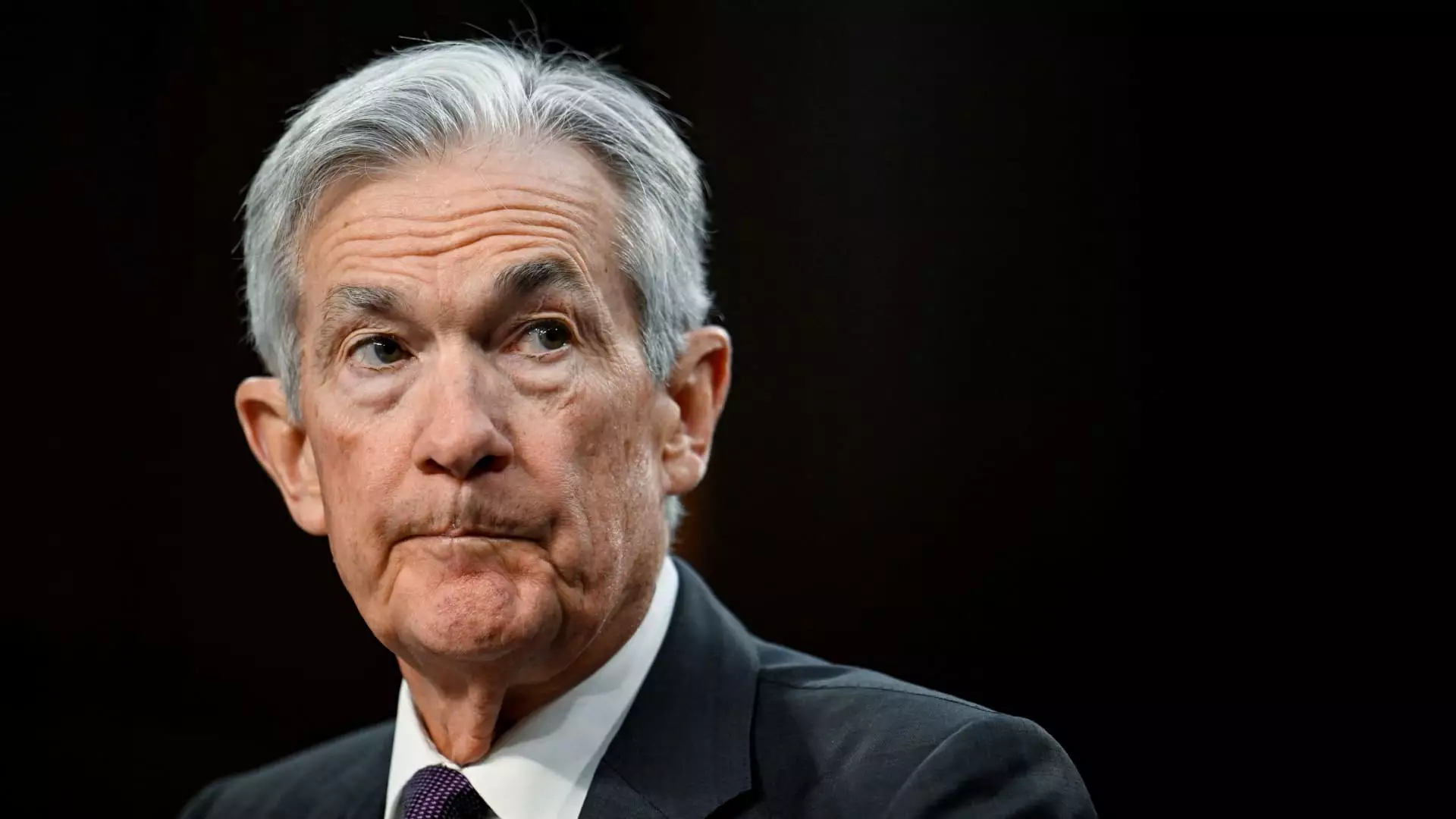In recent discussions surrounding Federal Reserve policymaking, a prominent refrain has emerged, suggesting that the Fed is “well-positioned” to navigate potential economic upheavals. However, this assertion may oversimplify the complex reality. Instead of being in a proactive position, the central bank might be more accurately described as immobilized amidst a swirling sea of economic uncertainty. Heightened tensions in trade relations, fluctuating regulatory environments, and unpredictable political action all conspire to limit the Fed’s maneuverability in addressing emerging risks.
Atlanta Fed President Raphael Bostic’s recent blog post encapsulates this sentiment, illustrating a dual narrative of cautious optimism and anxiety. While banks express optimism over upcoming changes in tax and regulatory frameworks, there remains a palpable sense of unease related to trade and immigration policies. Bostic emphasizes that this mix of enthusiasm and trepidation complicates the task of crafting clear monetary policies.
A recurring theme in the Fed’s discourse is the “uncertainty” surrounding economic indicators and their implications for future decisions. In a recent Federal Open Market Committee (FOMC) meeting, minutes were replete with references to the unpredictable economic climate, identifying significant threats related to potential policy shifts in trade and regulation. The ongoing uncertainty extends to the employment sector, which remains steady, as well as inflation, which, despite recent signs of easing, could bounce back and exert pressure on both the consumer market and business costs.
Inflation is a sensitive topic for the Fed, which aims for a target rate of 2%. However, achieving this goal has proven elusive in recent years. St. Louis Fed President Alberto Musalem articulated this concern, positing that inflation risks may be skewed to the upside given current economic conditions. He suggested that a cautious approach, characterized as “modestly restrictive,” might be the most prudent course of action as the Fed navigates the tried waters of economic stability.
The Fed’s current stance reflects a careful balance between caution and the need for decisive action. With the federal funds rate hovering between 4.25%-4.5%, some members of the Fed, like Musalem, recognize the necessity for measured interest rate adjustments in response to inflation dynamics. However, others, such as Chicago Fed President Austan Goolsbee, exhibit a more tempered perspective on the role of tariffs and their unpredictable impact on economic conditions.
The January FOMC minutes present a Fed wary of making premature moves, emphasizing the need for tangible evidence of progress on inflation before contemplating any further adjustments to the interest rate target. This highlights an important aspect of modern monetary policymaking: a commitment to patience in the face of volatility and the intricate interplay of economic variables.
The Fed’s concerns extend beyond inflation and tariffs, with particular attention paid to financial stability. The growing burden of leverage and increasing long-duration debt among banks raises alarm bells for many economists. Mark Zandi, a chief economist at Moody’s Analytics, has described the current state of the U.S. bond market as fragile, raising the specter of a potential sell-off that could have far-reaching repercussions for the economy.
Zandi’s apprehensions point to a critical juncture for the Fed: While there’s a prevailing sentiment in the markets that interest rate cuts could be on the horizon, actual policy shifts may remain unforthcoming until inflation trends show clearer alignment with the Fed’s targets. This cautious approach reflects a broader understanding that premature rate cuts could undermine economic stability, particularly in an environment characterized by complex geopolitical and financial risks.
As the Federal Reserve moves forward, it must navigate a path fraught with uncertainty and volatility. With mixed signals from various economic indicators and external pressures, the central bank’s ability to respond effectively will hinge on its capacity for adaptability. The current situation demands a nuanced understanding of the interplay between fiscal policies, global trade dynamics, and domestic economic factors.
Ultimately, the Fed’s approach to policymaking in this environment should rest on a foundation of careful analysis, grounded in the evolving economic landscape. As policymakers remain vigilant in their monitoring of inflation and broader economic conditions, the narrative surrounding the Fed’s agility must equally account for the inherent limitations shaped by external variables that influence economic performance. By acknowledging these complexities, the Fed can better position itself to respond to the challenges that lie ahead while maintaining its commitment to fostering a stable economic climate.

